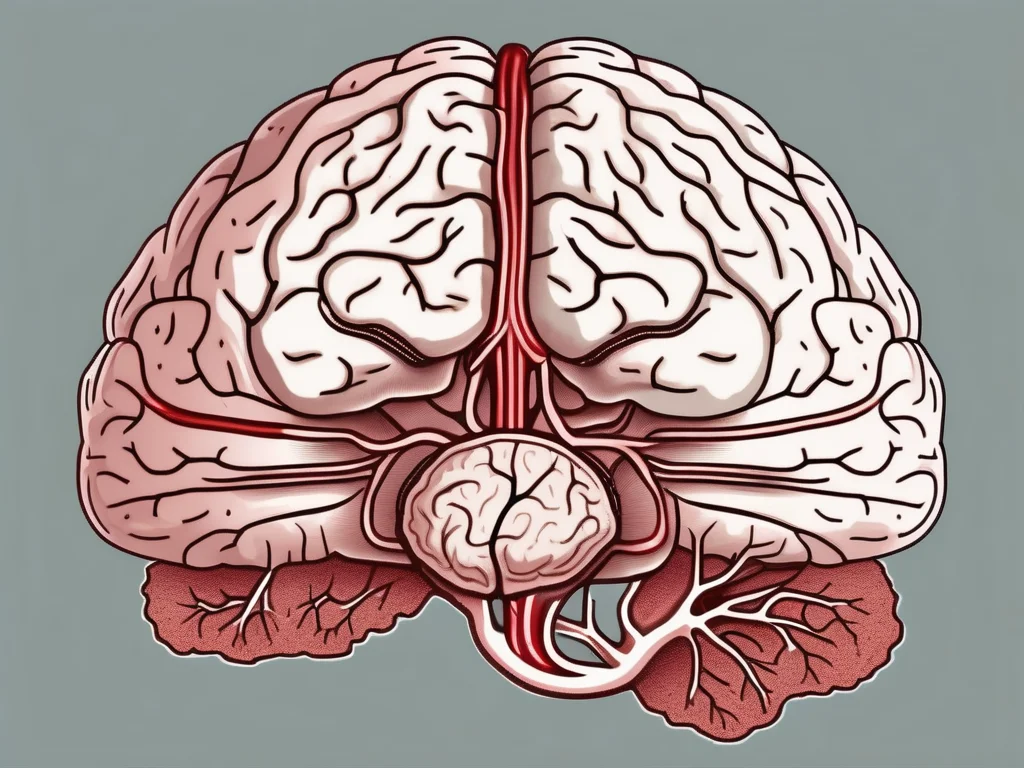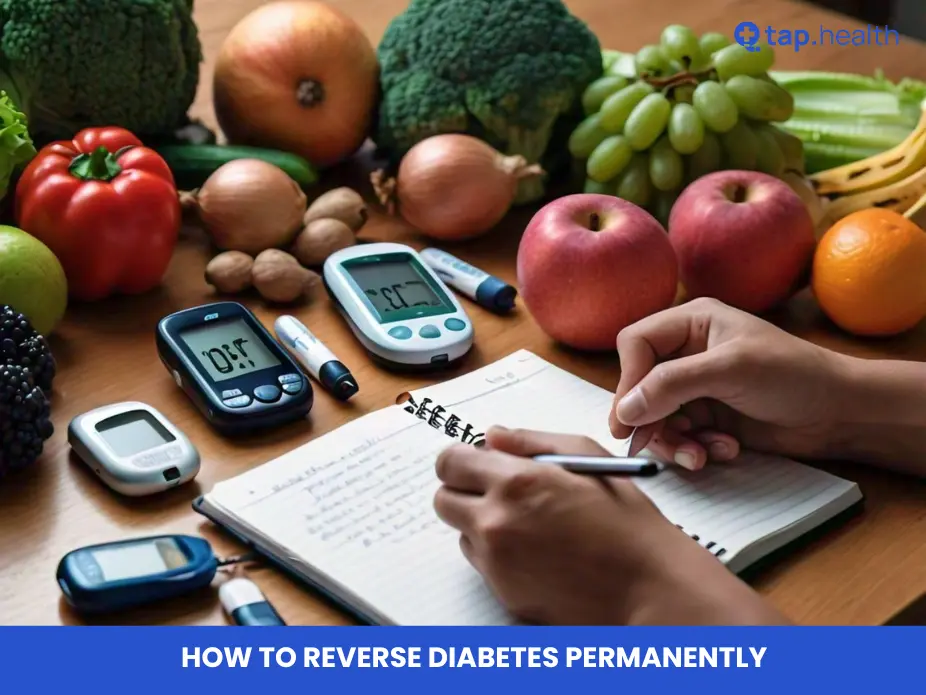Moyamoya disease is a rare, progressive neurovascular disorder characterized by the narrowing or blockage of arteries at the brain’s base, reducing blood flow. The term “Moyamoya,” meaning “puff of smoke” in Japanese, describes the tiny collateral blood vessels that form to compensate for restricted blood flow. This blog provides a clear, concise overview of treatment options, addressing common questions like “What are the treatment options for Moyamoya disease?” and “How is Moyamoya disease managed?” while incorporating related terms such as neurovascular disorder, brain blood flow, and surgical bypass.
What is Moyamoya Disease?
Moyamoya disease affects blood vessels in the brain, leading to reduced blood flow and an increased risk of strokes or transient ischemic attacks (TIAs). First identified in Japan in the 1960s, it primarily impacts children and young adults but can occur at any age. The exact cause remains unclear, though genetic and environmental factors are believed to contribute.
Key Points:
- Moyamoya is a progressive condition that worsens without treatment.
- It is more common in individuals of East Asian descent, particularly Japanese.
- Genetic mutations, like those in the RNF213 gene, may increase risk.
Causes and Risk Factors of Moyamoya Disease
While the precise cause of Moyamoya disease is unknown, certain risk factors are associated with its development.
Primary Risk Factors:
- Genetic Predisposition: Mutations in the RNF213 gene are linked to higher risk, especially in East Asian populations.
- Ethnicity: More prevalent among individuals of Japanese, Korean, or Chinese descent.
- Medical Conditions: Conditions like sickle cell disease or prior brain radiation therapy may elevate risk.
- Family History: A family history of Moyamoya disease increases susceptibility.
Symptoms of Moyamoya Disease
Symptoms vary based on age and disease severity. Early recognition is critical for timely intervention to prevent complications like strokes.
Common Symptoms:
- In Children: Recurrent TIAs, strokes, seizures, or developmental delays.
- In Adults: Brain hemorrhages, severe headaches, paralysis on one side, or speech difficulties.
- Progressive Symptoms: Cognitive decline, memory loss, or impaired executive function.
Diagnosing Moyamoya Disease
Diagnosing Moyamoya disease involves a combination of medical history, physical exams, and advanced imaging.
Diagnostic Methods:
- Magnetic Resonance Imaging (MRI): Visualizes brain blood vessels.
- Angiography: Detects the “puff of smoke” appearance of collateral vessels.
- Additional Tests: Rule out conditions like arteriovenous malformations or genetic disorders with similar symptoms.
Treatment Options for Moyamoya Disease
Effective treatment focuses on restoring brain blood flow and preventing complications like strokes or seizures. Options range from medical management to surgical interventions, tailored to the patient’s age, symptoms, and disease progression.
1. Medical Management
For patients with mild or stable symptoms, non-surgical approaches may suffice.
- Medications:
- Blood pressure medications to reduce stroke risk.
- Anti-seizure drugs to control seizures.
- Anti-clotting agents to prevent blood clots.
- Monitoring: Regular imaging and follow-ups to track disease progression.
When It’s Used: Medical management is often suitable for early-stage or less severe cases but requires close supervision.
2. Surgical Interventions
Surgery is the primary treatment for severe or progressive Moyamoya disease, aiming to bypass blocked arteries and restore blood flow.
- Direct Bypass:
- Involves connecting a healthy artery (often from the scalp) to a brain artery to bypass blockages.
- Commonly used for immediate blood flow restoration.
- Indirect Bypass:
- Encourages new blood vessel growth by placing tissue (e.g., scalp muscle) near the brain.
- Often used in children or when direct bypass isn’t feasible.
- Combined Approach: Combines direct and indirect techniques for optimal outcomes.
People Also Ask: What is the best treatment for Moyamoya disease?
Surgical bypass, particularly direct bypass, is often the most effective for severe cases, but the choice depends on individual factors like age and symptom severity.
Living with Moyamoya Disease: Practical Tips
Managing Moyamoya disease involves ongoing care and lifestyle adjustments to maintain health and reduce complications.
Key Strategies:
- Regular Follow-Ups: Schedule consistent check-ups with neurologists to monitor blood flow and adjust treatments.
- Medication Adherence: Take prescribed medications to manage symptoms and prevent complications.
- Healthy Lifestyle:
- Follow a balanced diet rich in fruits, vegetables, and lean proteins.
- Engage in moderate physical activity as approved by your doctor.
- Manage stress through relaxation techniques like meditation.
- Support Networks: Connect with organizations like the Moyamoya Disease Foundation for resources and community support.
Moyamoya Disease in Children
Children are disproportionately affected by Moyamoya disease, and early intervention is critical to prevent long-term complications.
Key Considerations:
- Symptoms: TIAs, strokes, seizures, or developmental delays are common.
- Treatment: Similar to adults, with a focus on surgical bypass for severe cases. Indirect bypass is often preferred in young children due to smaller blood vessels.
- Challenges: Managing school, social activities, and developmental needs requires a tailored approach.
Advances in Moyamoya Disease Research
Ongoing research is enhancing our understanding of Moyamoya disease and improving treatment options.
Recent Developments:
- Genetic Research: Identification of RNF213 mutations has opened doors to potential genetic testing and personalized treatments.
- Imaging Advances: Non-invasive imaging techniques improve diagnostic accuracy.
- Surgical Innovations: Refined bypass techniques enhance long-term outcomes.
Support and Resources for Moyamoya Disease
A diagnosis of Moyamoya disease can be daunting, but support is available.
Key Resources:
- Moyamoya Disease Foundation: Offers education, research support, and community networks.
- Moyamoya.com: Provides information, forums, and personal stories.
- Brain Aneurysm Foundation: Supports individuals with Moyamoya through advocacy and resources.
Conclusion
Moyamoya disease is a complex neurovascular disorder requiring early diagnosis and tailored treatment to prevent complications like strokes or cognitive decline. Treatment options, including medical management and surgical bypass, aim to restore brain blood flow and improve quality of life. With regular medical care, healthy lifestyle choices, and support from reputable organizations, individuals with Moyamoya disease can manage their condition effectively. Ongoing research continues to drive advancements, offering hope for better outcomes in the future.



